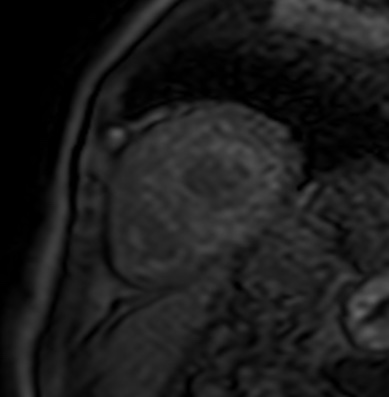File:Cardiac amyloidosis - ATTR wild-type (Radiopaedia 74412-85353 Look-Locker 22).jpg
Jump to navigation
Jump to search
Cardiac_amyloidosis_-_ATTR_wild-type_(Radiopaedia_74412-85353_Look-Locker_22).jpg (389 × 397 pixels, file size: 24 KB, MIME type: image/jpeg)
Summary:
| Description |
|
| Date | Published: 24th Feb 2020 |
| Source | https://radiopaedia.org/cases/cardiac-amyloidosis-attr-wild-type-1 |
| Author | Joachim Feger |
| Permission (Permission-reusing-text) |
http://creativecommons.org/licenses/by-nc-sa/3.0/ |
Licensing:
Attribution-NonCommercial-ShareAlike 3.0 Unported (CC BY-NC-SA 3.0)
File history
Click on a date/time to view the file as it appeared at that time.
| Date/Time | Thumbnail | Dimensions | User | Comment | |
|---|---|---|---|---|---|
| current | 03:12, 3 July 2021 |  | 389 × 397 (24 KB) | Fæ (talk | contribs) | Radiopaedia project rID:74412 (batch #6043-23 B22) |
You cannot overwrite this file.
File usage
The following file is a duplicate of this file (more details):
There are no pages that use this file.
